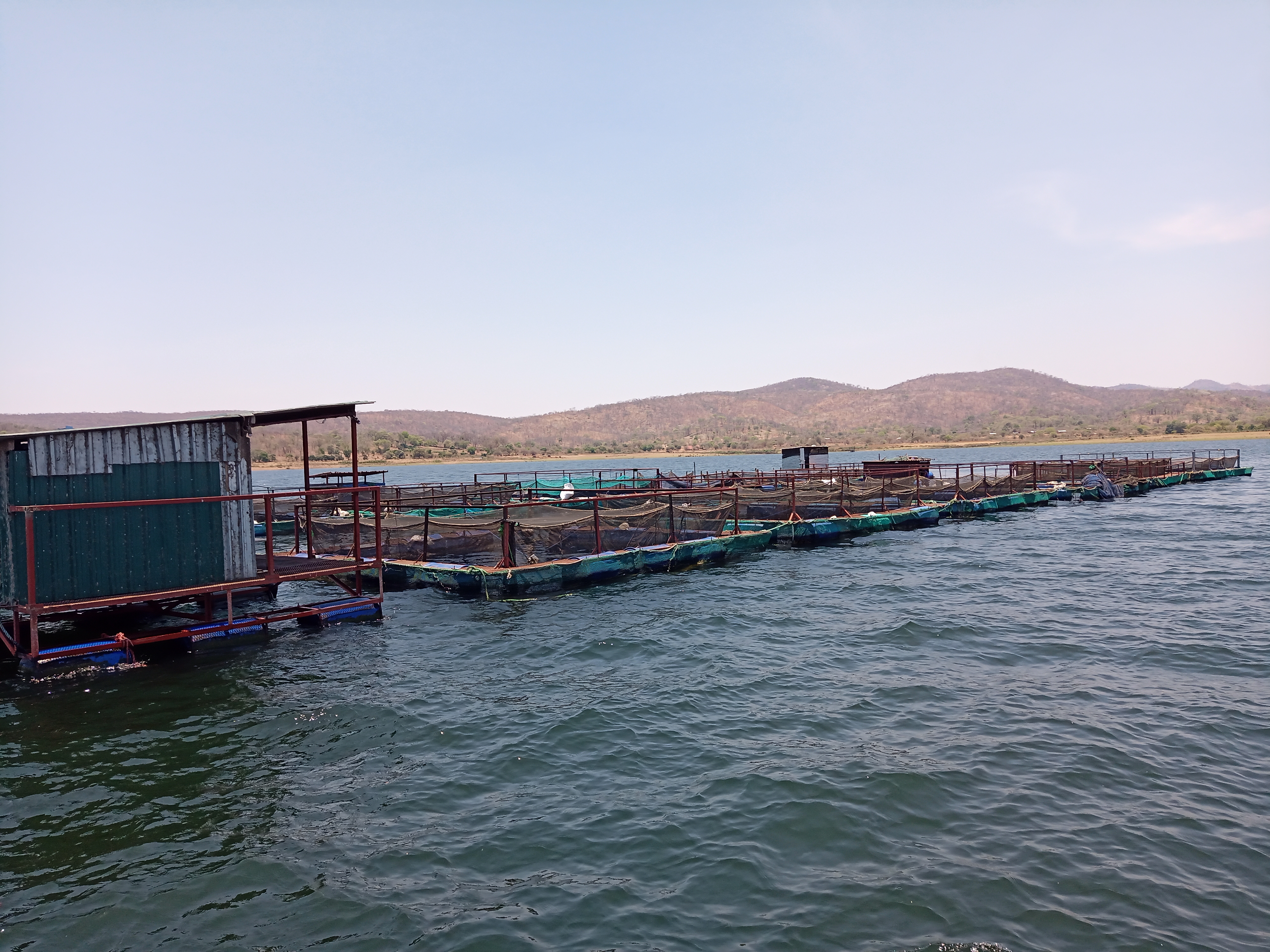
Aquaculture is the fastest growing food system and holds tremendous opportunity to deliver nutrient-dense aquatic foods with relatively less land/water use and greenhouse gas emissions compared to terrestrial systems. Intensification of aquaculture systems, however, can magnify the risk of fish diseases, which remain a primary constraint in developing aquaculture industries. Understanding the spectrum of disease risk and facilitating judicious use of antimicrobials is of paramount importance to supporting aquaculture development, yet adequate regulation of antibiotic use in aquaculture is a challenging balance given the looming threat of antimicrobial resistance (AMR). Resistance of fish bacterial pathogens to clinically important antimicrobials presents a serious threat to human and animal health globally.
The Fish Health in Kenyan Aquaculture team proposes to conduct disease and AMR surveillance for major pathogens in farmed tilapia and deliver extension services to cage farmers through educational workshops and tailored training materials focused on fish health and biosecurity. The research team will carry out this work in Kenya where caged Nile tilapia production systems within Lake Victoria have grown exponentially. An effectually nonexistent industry with a very small number of farms has transformed into a large-scale commercial industry with several thousand cages in the past 10 years. As the cage aquaculture industry continues to expand in Kenya, it plays an increasingly important role in human nutrition and food security in the region; however, there is a lack of technical expertise in biosecurity, disease diagnostics, and fish health management practices.
Activity objectives:
- Comprehensively survey fish disease and AMR patterns to determine the prevalence of major tilapia diseases in Kenyan cage and pond aquaculture systems:
a. Collect fish samples in response to cage farmer reports of disease;
b. Systematically collect asymptomatic fish. - Conduct educational workshops and training for cage farmers (including women and youth) to improve the uptake of biosecurity and best management practices in each riparian county bordering Lake Victoria.
Planned outcomes:
- For Objective 1, the team will:
a. Conduct surveillance for bacterial, viral, fungal, and parasitic pathogens in farmed tilapia;
b. Identify AMR patterns in isolated bacterial pathogens;
c. Characterize the variance of AMR patterns across differing aquaculture production systems and aquatic environments; and
d. Build fish diagnostic capacity at KMFRI. - For Objective 2, the team will:
a. Design and distribute educational materials that provide practical and accessible guidance on cage farm management practices; and
b. Implement cage farmer educational workshops targeted towards current gaps in knowledge identified by a 2023 cage farmer survey and informed by a review of existing best management practice guides.
The base of information on fish health that the Fish Health in Kenyan Aquaculture team proposes to establish in Kenya is essential to supporting fish farmers, particularly small-scale farmers, youth, and women in the industry, to supply nutrient-dense fish to communities highly dependent on aquatic foods. Additionally, uptake of best management practices can dramatically increase the efficiency of cage production systems and drive higher farmer incomes and reduce environmental impacts of aquaculture.
